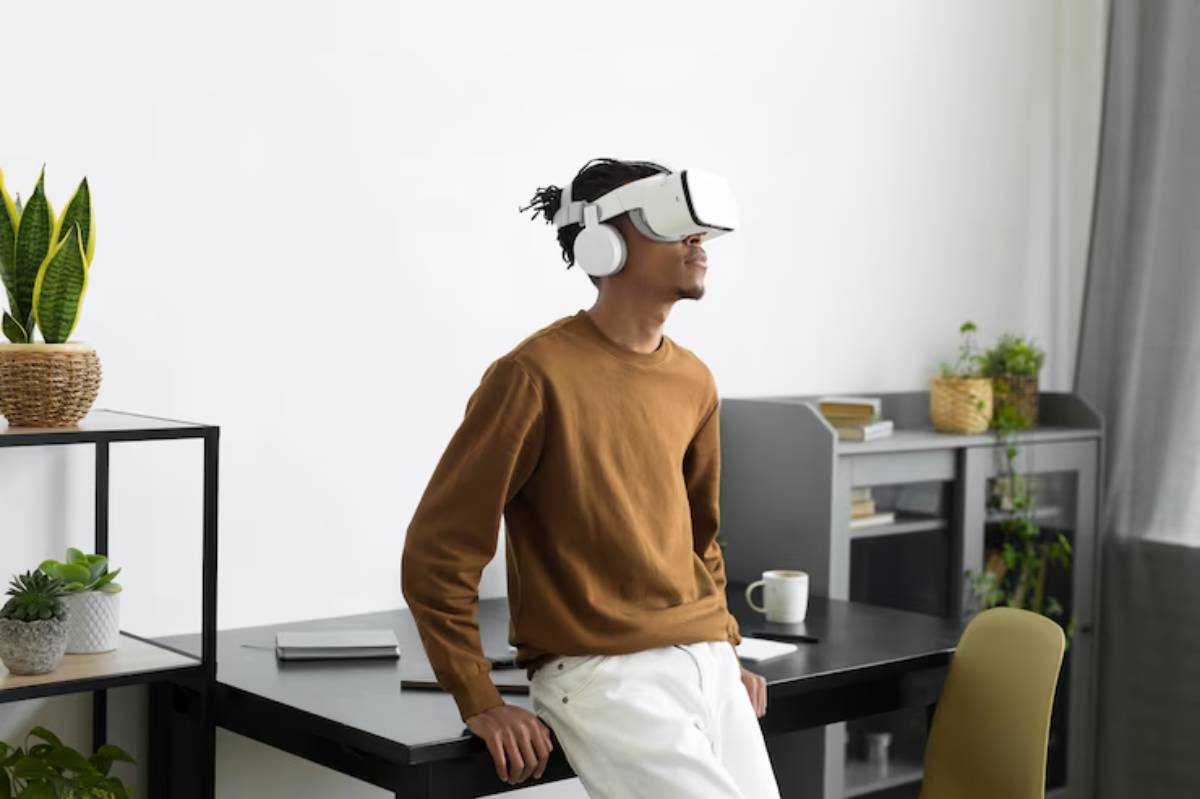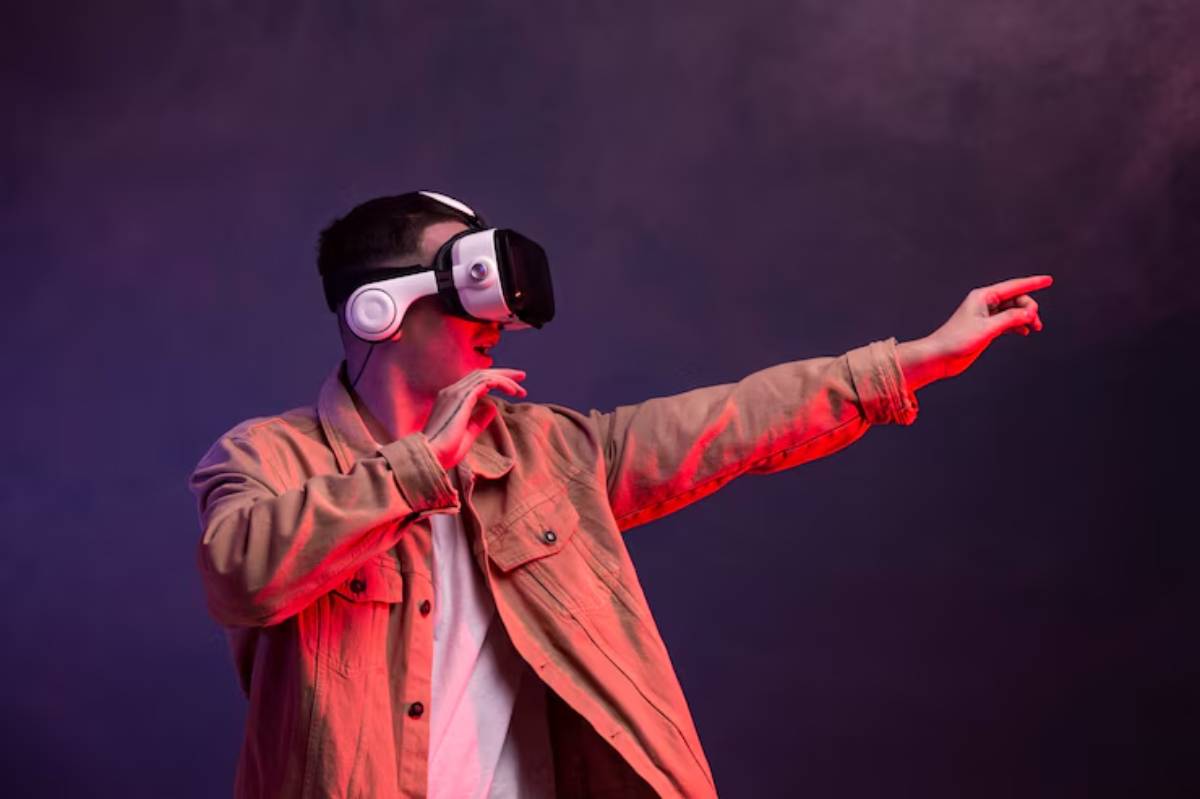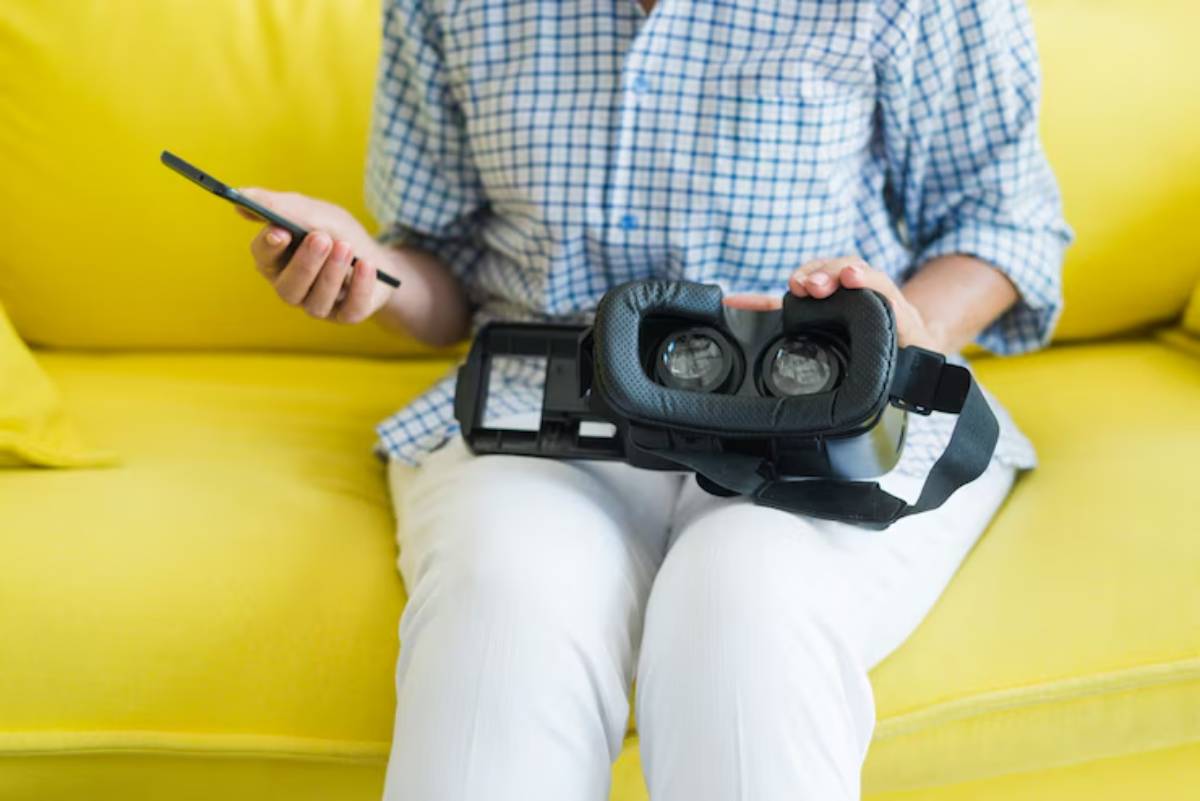
Premium VR Headsets Worth the Investment
There’s something extraordinary about strapping on a high-end VR headset and stepping into a fully immersive world. The visuals are crystal clear. Movements feel intuitive. And the sound? It draws you deeper into the moment with every note.
Premium VR headsets are built for more than just gaming. They’re designed for professionals, enthusiasts, and early adopters who want the most immersive, precise, and lifelike experience possible. Whether you’re exploring new realms in AAA titles, hosting VR meetings, or creating 3D content, investing in a luxury headset brings benefits that budget models can’t match.
In this guide, we’ll unpack what sets high-end VR gear apart, review the top premium options on the market, and help you understand where your money is best spent. If you’re ready to elevate your VR experience, this is where you start.
What Makes a VR Headset ‘Premium’?

Not all VR headsets are created equal. At the premium level, you can expect a noticeable jump in quality, performance, and precision.
Key Features of High-End VR Headsets
- Ultra-high resolution displays with wide field-of-view
- Superior tracking systems (often with external sensors or eye tracking)
- Advanced audio and spatial sound integration
- Premium build materials for better comfort and durability
- Support for high-performance PC or dedicated processing units
- Enhanced controllers with better haptics and finger tracking
These features translate into a more immersive, natural, and responsive experience — ideal for gamers, creators, and professionals alike.
When Is a Premium Headset Worth It?

A luxury VR device makes sense if:
- You’re a serious gamer wanting the best fidelity and responsiveness
- You use VR for professional content creation or virtual meetings
- You value comfort, precision, and longevity in your tech
- You want your device to be future-proof for the next few years
If you’re only using VR for casual play or short sessions, a mid-range headset might suffice. But for full-body immersion, high refresh rates, and pixel-perfect visuals, premium headsets justify the investment.
Best Premium VR Headsets of 2025

Let’s explore the current market leaders in the premium VR headset comparison, highlighting what makes each one stand out — and who it’s best for.
1. Valve Index
Price Range: ~£999 (full kit)
The Valve Index continues to be a gold standard in PCVR. With a 144Hz refresh rate, precision finger-tracking controllers, and external Lighthouse tracking, it offers ultra-smooth gameplay and exceptional accuracy.
Highlights:
- Dual 1440 × 1600 LCDs
- Near-zero latency
- Best-in-class audio
- Full-finger tracking with knuckle controllers
Pros:
- Superior motion tracking
- Amazing controller responsiveness
- Immersive spatial audio
Cons:
- Requires a powerful gaming PC
- Setup with base stations takes space
2. Meta Quest Pro
Price Range: ~£999
The Meta Quest Pro combines standalone convenience with powerful mixed reality and productivity tools. Designed for work, social VR, and spatial computing, it supports full-colour passthrough and advanced face/eye tracking.
Highlights:
- Pancake lenses with 1800 × 1920 resolution per eye
- Qualcomm Snapdragon XR2+
- Full-colour MR passthrough
- Built-in face and eye tracking
Pros:
- Can run standalone or as PCVR
- Excellent for collaboration and design
- Sleek and comfortable
Cons:
- Expensive for gamers only
- Limited gaming-exclusive features
If you’re thinking long-term about workplace or hybrid environments, it competes well with the best mid-range VR headsets that balance productivity and play.
3. Varjo Aero
Price Range: ~£1,990 (headset only)
Varjo has long been known for ultra-high-end enterprise VR. The Aero brings some of that technology to enthusiasts, boasting retina-level resolution and advanced eye tracking for realistic rendering and foveated rendering.
Highlights:
- 2880 × 2720 per eye
- 115° FOV
- Automatic IPD adjustment
- SteamVR compatible
Pros:
- Unrivalled visual clarity
- Eye tracking for foveated rendering
- Ergonomic for long sessions
Cons:
- No built-in audio
- Expensive and requires base stations
4. Pimax Crystal
Price Range: ~£1,599
Pimax is known for pushing boundaries, and the Crystal delivers 140° horizontal FOV, mini LED displays, and swappable lenses. Ideal for sim racers, flight simmers, and VR enthusiasts who want no compromises in field of view or resolution.
Highlights:
- 2880 × 2880 per eye
- Up to 160Hz refresh rate
- Inside-out or Lighthouse tracking
- Modular lens options
Pros:
- Massive FOV
- Sharp mini-LED panels
- Modular build
Cons:
- Still maturing software
- Bulky for some users
5. Apple Vision Pro (Expected in EU/UK Late 2025)
Price Range: Estimated ~£3,000
Though not yet widely available, the Apple Vision Pro is positioned as a spatial computing device more than a traditional headset. It merges high-end MR capabilities with an intuitive Apple-driven OS and seamless integration into existing workflows.
Highlights:
- Dual 4K micro-OLED displays
- 12 cameras + LiDAR + TrueDepth sensors
- VisionOS with multitasking
- Eye and hand tracking
Pros:
- Best-in-class hardware
- Blazing-fast Apple silicon chip
- Spatial UI with hand and eye navigation
Cons:
- Extremely expensive
- Limited gaming utility (at present)
For now, the Vision Pro is not aimed at gaming-first consumers, but that could evolve. Meanwhile, the Quest Pro continues to serve as a more accessible MR hybrid.
Factors to Consider Before Buying High-End VR Gear
Budget vs Experience
Luxury comes at a cost. Assess what you’re really going to use it for. Are you in VR daily? Do you build content? Or are you looking to future-proof for years?
Compatibility
Most high-end devices are PCVR, so a powerful PC is often required. Make sure your setup meets the required specs.
Ergonomics
Look for headsets with adjustable IPD, balanced weight distribution, and replaceable face covers. A poor fit can ruin an otherwise perfect headset.
Game and App Library
Check which platform it supports — SteamVR, Meta Store, or proprietary systems. The Meta ecosystem, for example, has the largest selection of apps for both casual and professional use.
Conclusion: Is Premium VR Worth It?
If you’re serious about virtual reality, investing in a high-end VR headset pays off. The clarity, comfort, and responsiveness of top-tier gear transform not just how you play, but how you learn, create, and collaborate.
From the wide FOV of the Pimax Crystal, to the realism of the Varjo Aero, to the versatility of the Quest Pro, there’s a premium headset tailored to your goals. It’s not about spending more for the sake of it — it’s about unlocking experiences that cheaper headsets simply can’t deliver.
Ready to go beyond average? Choose the premium VR headset that suits your lifestyle and future goals. To get the most out of your premium setup, consider pairing it with well-designed accessories like the top VR controller grips and skins that improve comfort, grip, and longevity, especially for intense or extended sessions.


